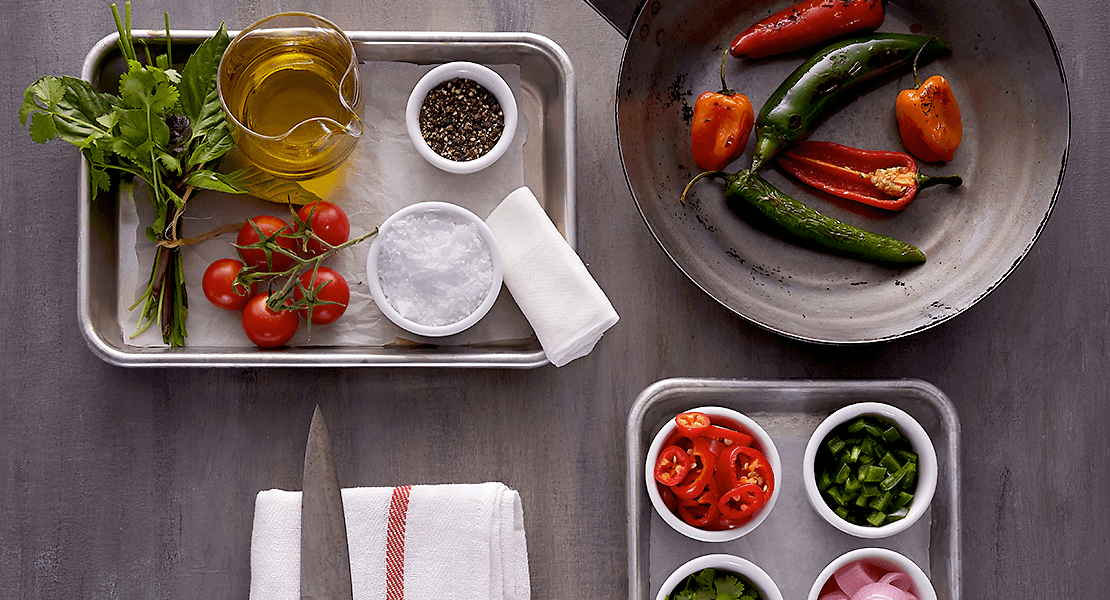
Simple answer—they want their product to be the best-tasting product on the shelf so consumers buy and then repurchase their product.
Customers desire the authentic flavors of cooked meats and vegetables in their packaged food purchases, and these notes can be imparted or enhanced by reaction flavors.
So, what are reaction (or process) flavors?
Think of the taste, aroma and color of a piece of raw beef. Now, put that beef in a hot oven and roast it for a few hours so it develops a dark brown color with a delicious flavor and aroma. Nothing was added to the beef—just heat.
What happened?
Most of raw meat is fat and protein, which do not have much flavor by themselves. But there are small amounts of amino acids and certain sugars that react with heat to form the desired flavor and color of roast beef. This is called the Maillard reaction. From a flavor chemist view, if you know the precursors (the amino acids and certain sugars) and the cooking conditions, you can just react the precursors and make a concentrated roast beef flavor without the beef!
So, why use reaction flavors?
Because the reaction conditions mimic how real roast beef flavor is created, the resulting flavor is very authentic. The flavor is more concentrated, stable and economical than cooking meat. It can be used to enhance meat flavor or replace it all together. This is perfect for adding meat flavor to plant-based meat analogs while keeping the product vegetarian. A variety of meat flavors are possible, allowing you to be creative with your product development process—you could even create a Kosher bacon flavor! Also worth noting, under U.S. FDA labeling, reaction flavors are considered “natural flavors.” However, check with your regulatory department as other governmental agencies may have different labeling conventions.
Reaction flavors can be used whenever the food traditionally goes through a cooking process. Roasting, frying, boiling and sautéing are all cooking processes that can be mimicked by reaction flavors. In the savory space, besides meat flavors, another popular use is vegetables—especially alliums. Think of roasted garlic or sautéed onions—the added step of applying a heated cooking technique to these simple ingredients significantly elevates their flavor.
“By using a reaction flavor to achieve those notes, you are opening up a lot more opportunity to achieve memorable authentic flavor profiles in your products.”
Reaction flavors play outside the savory space, too, with flavors such as caramel or chocolate.
Whenever you are trying to mimic a cooking process, reaction flavors may be the answer to creating better tasting products that consumers come back to—time and again!
Explore Our Culinary Creation Ingredients
Add complex cooked flavors, a burst of fresh taste or an on-trend international angle to your dish.
Learn More